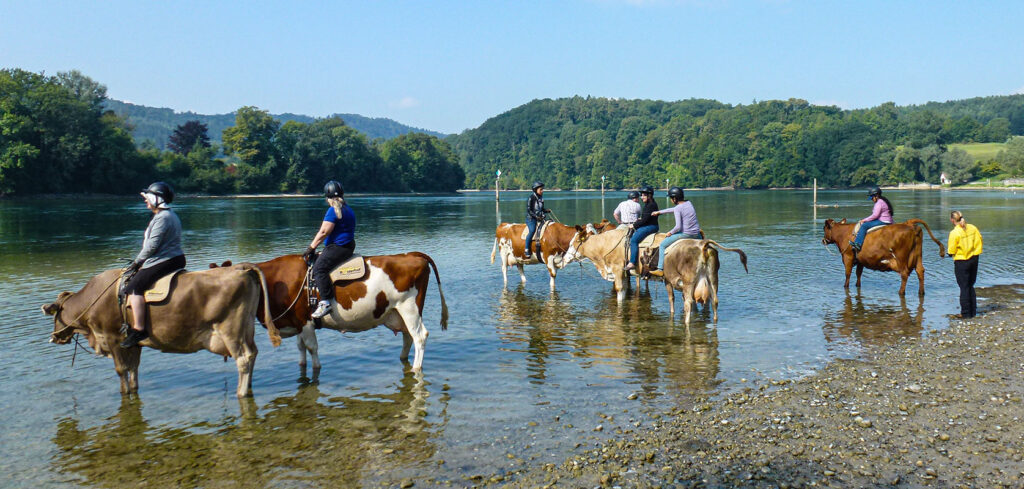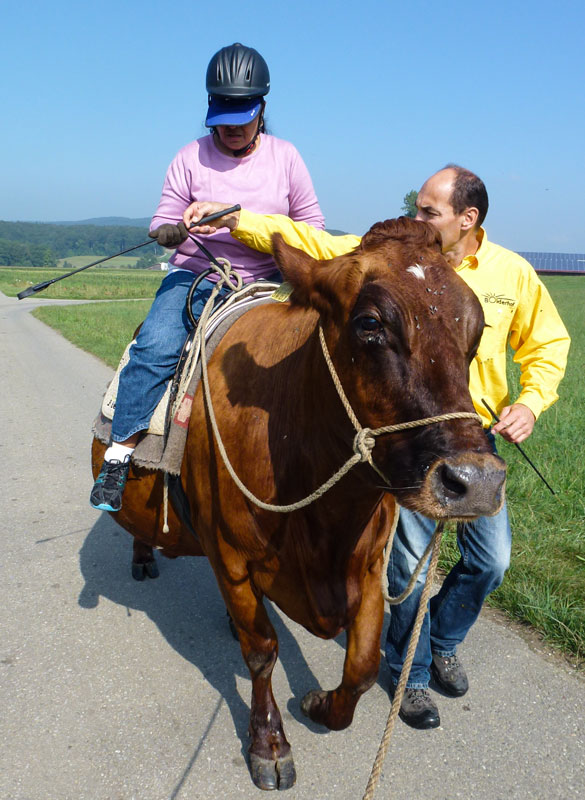As I sit confined to the home, with a few intermittent visits to the office, and definitely, or may I say indefinitely, bound to Chennai, and India, for some time to come, memories come flooding in of travel to exotic places and fun-filled experiences, not to mention those that brought some moments of fear and palpitations too!
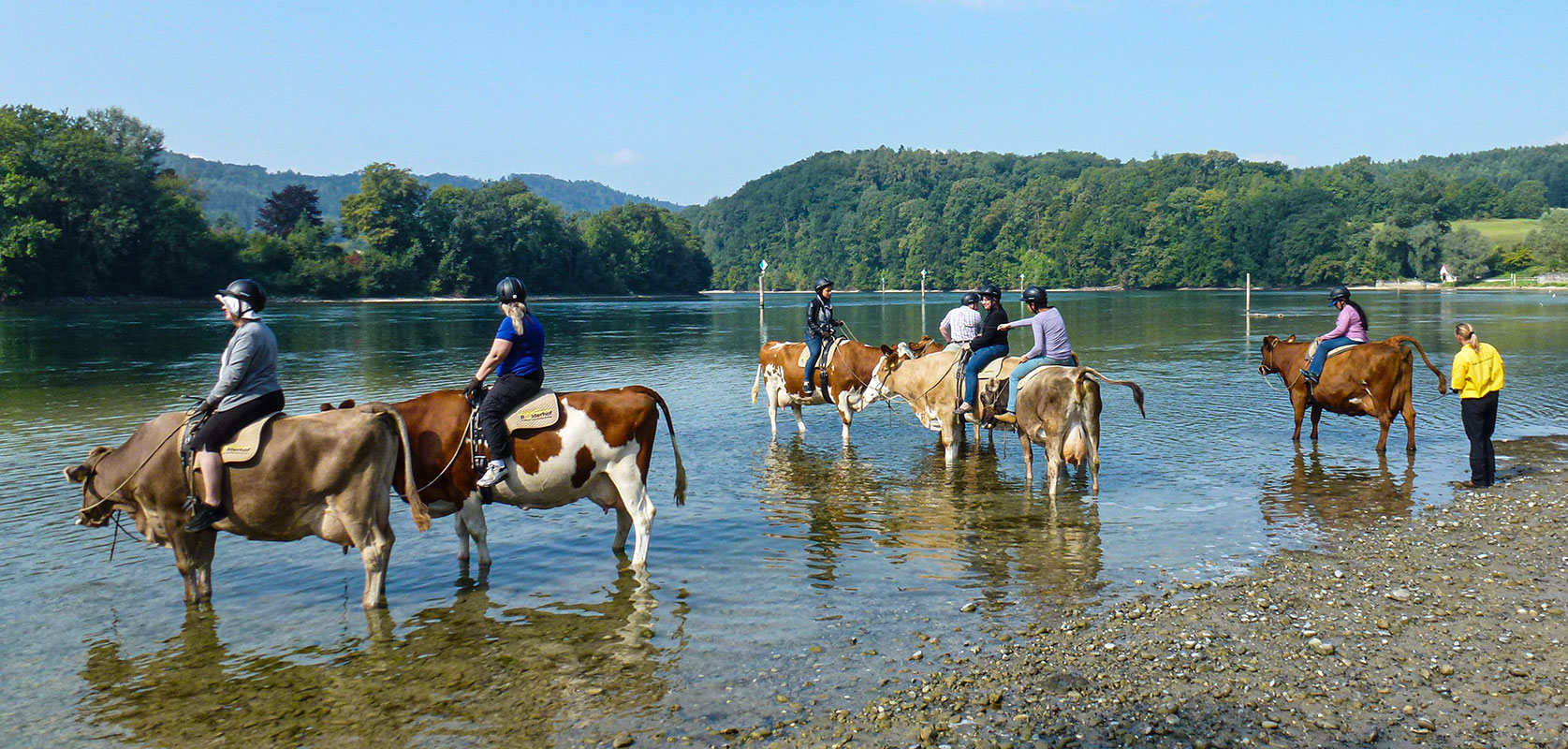
The mind goes back to a trip with a difference, an invitation by Switzerland Tourism in 2013 where 144 journalists from 33 countries were given a taste of rustic life in that gorgeous country. Swiss tourism does this experience to promote the country to international media every year and that year’s theme was “Living Traditions”, and we were taken around the lush green Alpine region of Appenzell, the picturesque Rhine lowlands in Schaffhausen Canton, and the cyclists’ paradise of Thurgau on Lake Constance, with its delightful little towns and villages.
Nation of cows, cheese, chocolates
Switzerland is known for its agricultural heritage, and is often called the nation of cows, cheese and chocolates. But during the summer of 2013, it was a hard time for farmers. Global economic blues had made things very difficult for farmers in a country which pampers its agri sector. But many farmers I met during my five-day stay in the region, said only a part of the family’s income came from farming, and the spouse had to make some extra money by part, or full-time teaching.
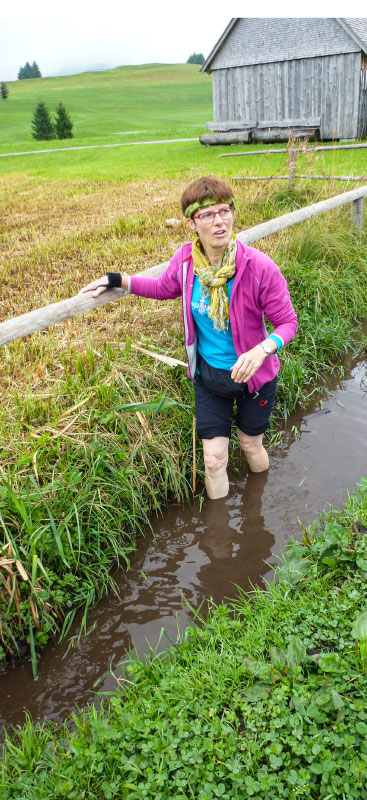
But then all crises bring innovative solutions and some of us journalists who had opted for spending half a day at a farm, were taken to the Bolderhof Farm — spread over 29 hectares — and owned by Doris and Heinz Morgenegg. An entirely organic farm, run in the beautiful Rhine lowlands in the Schaffhausen Canton, apart from growing vegetables such as peppers, tomatoes, zucchini, cucumber, broccoli and various herbs, it included dairy farming. It had 25 cows and 30 buffaloes; about 300 litres of milk was produced here daily. Part of it was sold to customers and the rest went into making delicious cheese.
The Morgeneggs also ran a butchery, and calves, heifers and water buffaloes could be ordered online. “Our customers can tell us exactly what sort of meat they’d like and how it should be cut,” Heinz said. Surprisingly, not only was the entire farm and its work run totally on solar power; the couple sold extra power to the Government! Imagine this happening in India!
Farm tourism
Those of us who have travelled to Switzerland know what a frightfully expensive country it is, and the locals also feel the heat often due to the high cost of living. Heinz said that as his dairy and other produce were insufficient to provide a decent livelihood for his family, he and his “boss” (wife Doris) decided a few years ago to organise tourism-related activities on his farm. Cow trekking was one of the tourism activities, as also cheese making.
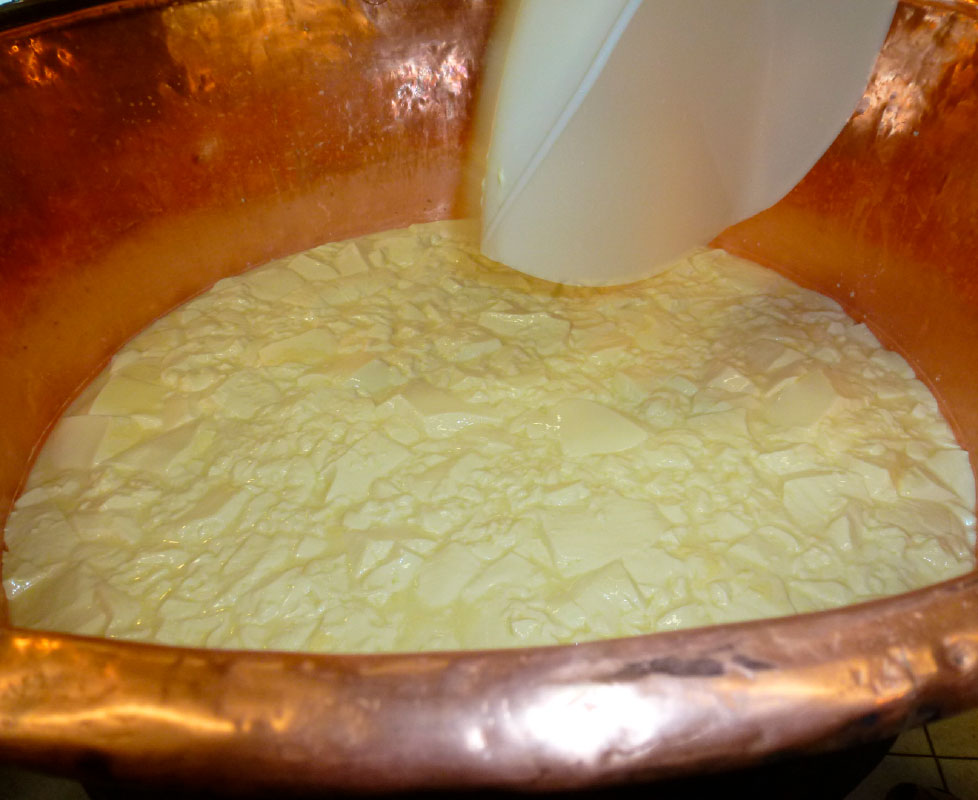
There were 14 of us at his farm that day. Our first activity was to make cheese, nothing daunting in that for an Indian woman used to the heat in the kitchen!
So we were all packed off to the kitchen. A hands-on farmer, Heinz first poured fresh and creamy milk into a huge cauldron for boiling. But before doing that, he gave each of us a role in the cheesemaking; one had to monitor the temperature, another to stir the milk, add the enzyme rennet, and then the fermentation culture. Once the milk coagulated and became like a soft jelly, each of us had to make deep cuts. Trust me, even though all that swirling and thickening/solidifying milk looks heavenly, it is quite a lot of heavy-duty stirring for your arms.
The most exciting part was to stir the semi-solid huge chunks of milk with a cheese harp, so named for its resemblance to the musical instrument. “Keep doing this briskly until you get granules the size of a peanut,” Heinz gave a brisk command.
A small group of us was packed off to finely chop the red and yellow peppers, green onions, herbs and spices piled on chopping boards. The sharpest Swiss knives were assigned for the job, incentive enough to make a beeline for the task. The chopped veggies and herbs later went into the cheese, layer by layer.
All that hard work, combined with the freshest of air you could breathe — oh, for those mask-free days when there was no fear of lurking coronavirus — had made us ravenously hungry. The farmer had kept aside a big jar of fresh cream; each of us was taught to make our own fresh and yummy butter from that cream, which we filled in little jars and spread generously on a slice or two of freshly-baked bread. The delicious combo was washed down with a glass of chilled white wine.
As we were stirring and churning the cheese, Heinz was busy taking our pictures and he surprised us, as we were leaving, with a beautiful little wooden box filled with a portion of the soft cheese we had made, with each of our pictures making that cheese. The lid had an official looking cheesemaking diploma in each of our names!
Later he marched us off for a crash course of how to milk a cow. We went to milk the cows, after a two-minute crash course on how to handle the cow’s udders. Two minutes of the activity, one gulp of the warm, fresh, sweet milk, and it was sheer bliss to be a part of this authentic rustic experience on a Swiss farm.
Riding a Swiss cow
But the piece de resistance of the half-day we spent at the farm was cow trekking. We had been warned in advance to carry an extra pair of clothes, particularly trousers. I thought this was due to the mud that was bound to be splashed around on a rainy day. Until Oliver, our tour guide, helpfully related the story of a Japanese journalist who had arrived in spotless white trousers for the cow trek. “You know how these animals like to go close and rub each other… so another cow came close to our friend’s cow and decided to ease itself.” The result was the white trousers getting generously sprayed with cow dung!

As though this was not scary enough… it was the last day of our tour and one didn’t want to return home with jeans sprayed with cow dung, the disclaimer form that Heinz wanted us to sign, absolving himself of all liability for what the cow might do to its rider, I made up my mind. I joined half of the group which said “no thanks” to the ride. But strangely, while Heinz left the others alone, a couple of them half my age and with no grey hair, he came up to me and said: “Trust me, you can do it”.
He just wouldn’t take ‘No’ for an answer, and when he said this would be one of the most memorable moments of my life, I agreed, gingerly accepted the helmet and walked up to my cow, Umbra. Like most Swiss cows, she was huge. But I failed to notice one thing… more of which will come later.
“Talk to your cows, touch them, pat them… get to know them. The cow has to be comfortable with you,” Heinz let out a string of instructions. But when I tried to do all this to Umbra, she let out a grunt of displeasure, moaned, and flipped her tail violently. My helper, a soft-spoken German woman called Sabine, said it was only to drive away the flies bothering her, but it petrified me nevertheless.
Next, we were asked to firmly hold a black plastic stick in one hand, the rope tied around the cow in the other, and walk in front of the cow. “Never allow the cow to lead you. You have to show your cow that you are the boss,” Heinz said, adding, “otherwise she will do what she wants”. Sure, like tossing you off, I said to myself!
Umbra, the real boss!
The other cows, seven in all as more than half the group decided to walk along, with names such as Paloma and Nina ambled along after a shaky start. But Umbra seemed totally disinclined for the journey. She put her head down and started grazing. A tug on the rope, a gentle tap on the back, got no response. “You have to hit her much harder,” said Heinz. But I just couldn’t do it.
Sabine, came up and petted Umbra, talked to her a bit and presto! Umbra was walking once again. Soon it was time to get atop the cow, and with my short stature, I managed to do so taking support from Heinz’s strong arms, pressed together to provide a kind of step for me. After a few pictures were clicked and Heinz was out of sight, I quickly jumped off — actually carefully slid down — Umbra’s back and would have happily walked her to the Rhine river, our destination about 2 km away. But the farmer’s eagle eye caught this truant journalist and Sabine was despatched to get me up on Umbra again! “Just stay there for five minutes and you will not want to get off Umbra again. And trust me, this will be one holiday moment you will never forget,” Heinz assured me.
I was still petrified, thinking of what would happen to my bones in a distant land, if Umbra gave me a small toss, but with some encouraging words from Sabine for both the cow and the rider, we made it all the way to the Rhine river. Here, all the seven cows took long sips of the refreshing cool water, resting their aching heels on the river bed.
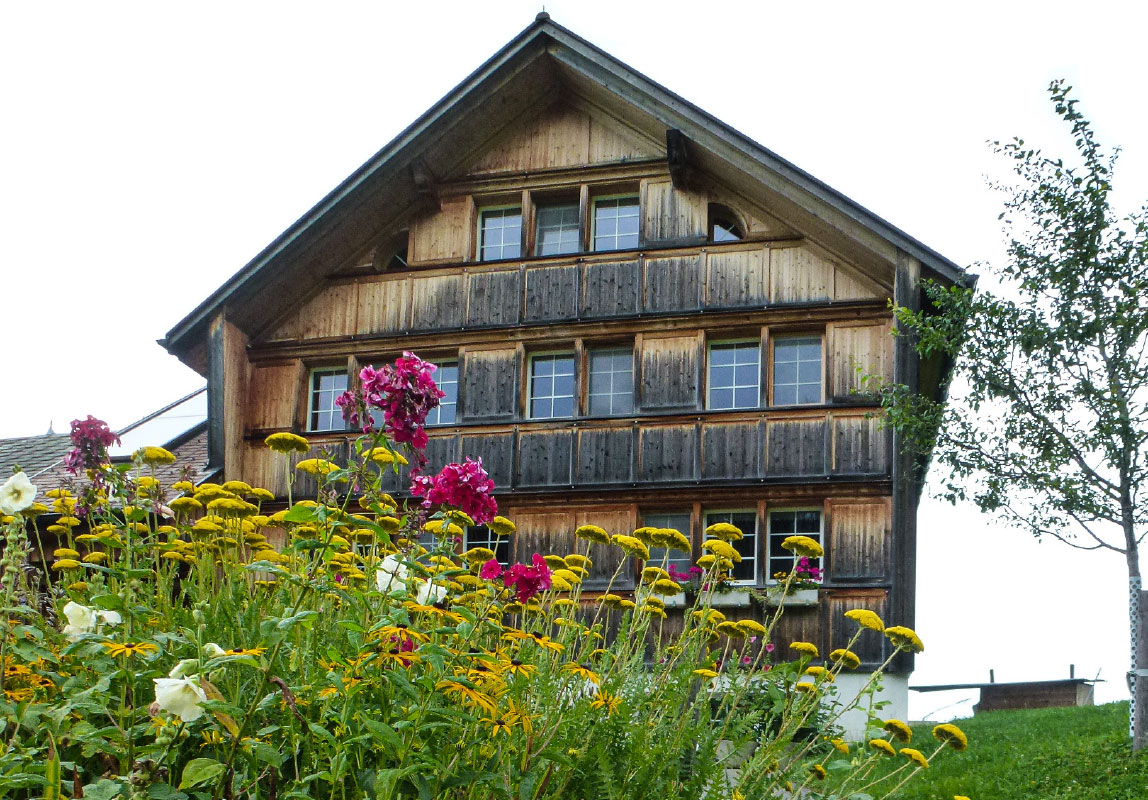
Soon Umbra left the other cows behind and started wading further into the water and, blessing my stars that I knew how to swim, I braced myself to jump into the cold waters if she broke into a trot. Fortunately, a desperate appeal to Sabine, who was on the shore, helped and Umbra responded to her stern commands. We were on our way back to the farm. The trip ended well, and mercifully, I did not need a change of clothing!
This was the most fun part of the trip, which took about four hours and cost some €120 per cow; a shorter ride could be had for about€€90. For those not brave enough to ride the cow, Heinz organised a cow carriage in which 20 people could ride for an hour (€350). These are of course 2013 rates.
A quick and refreshing snack of freshly-made mozzarella cheese, tomatoes, meat, bread and some white wine, and we were ready for the long and restful river cruise from the charming little town of Stein am Rhein to Schaffhausen, where the Rhine Falls, Europe’s largest, awaited us.
This is a trip down memory lane, during a lockdown, when every flight that passes by us as we religiously do our morning and evening walks on the terrace, makes you look up, assuring you that maybe near-normal times are beginning to return. But it will be a long, long while before many of us will venture out on such exotic and exciting holidays in far away lands. But reliving these precious moments at an eerie time like this reminds you how lucky you have been!
Pictures by Rasheeda Bhagat






